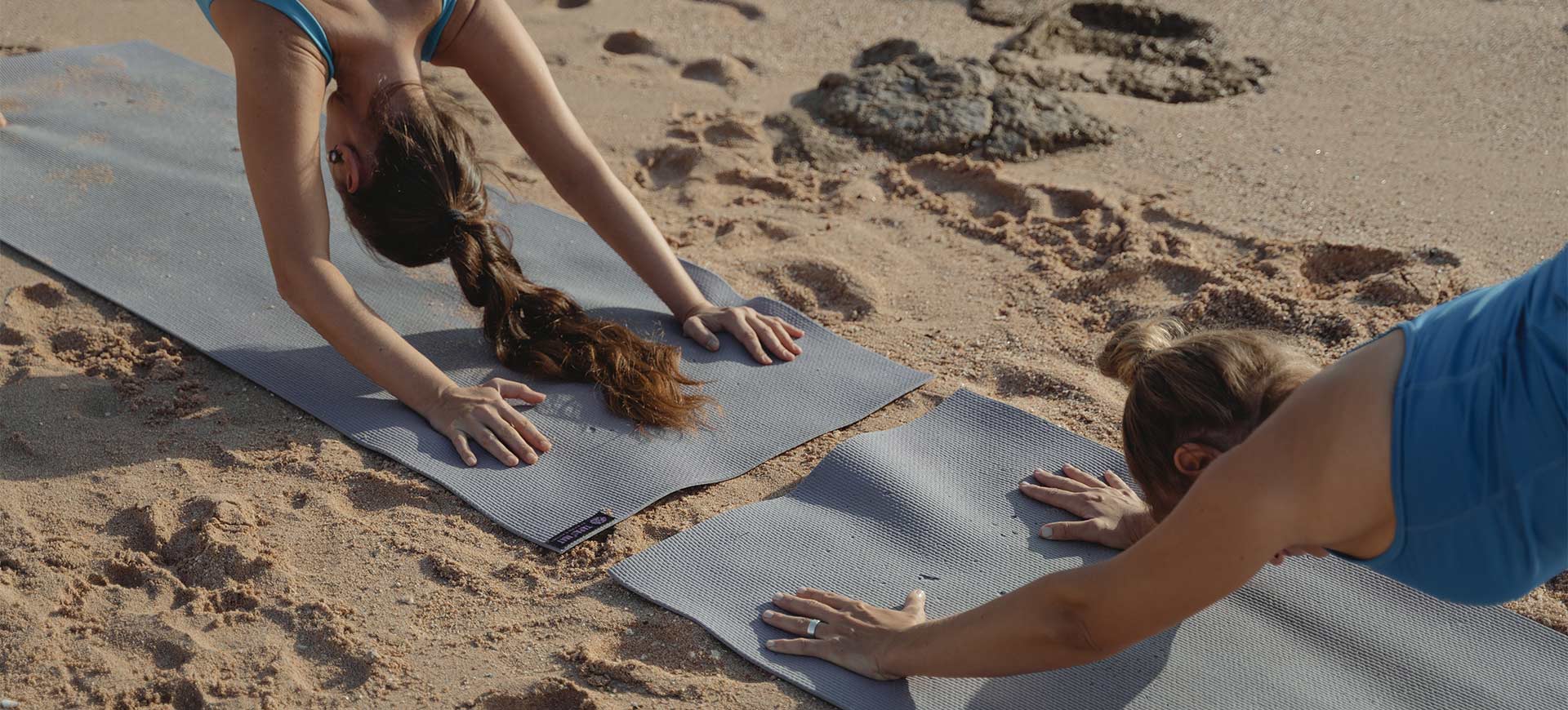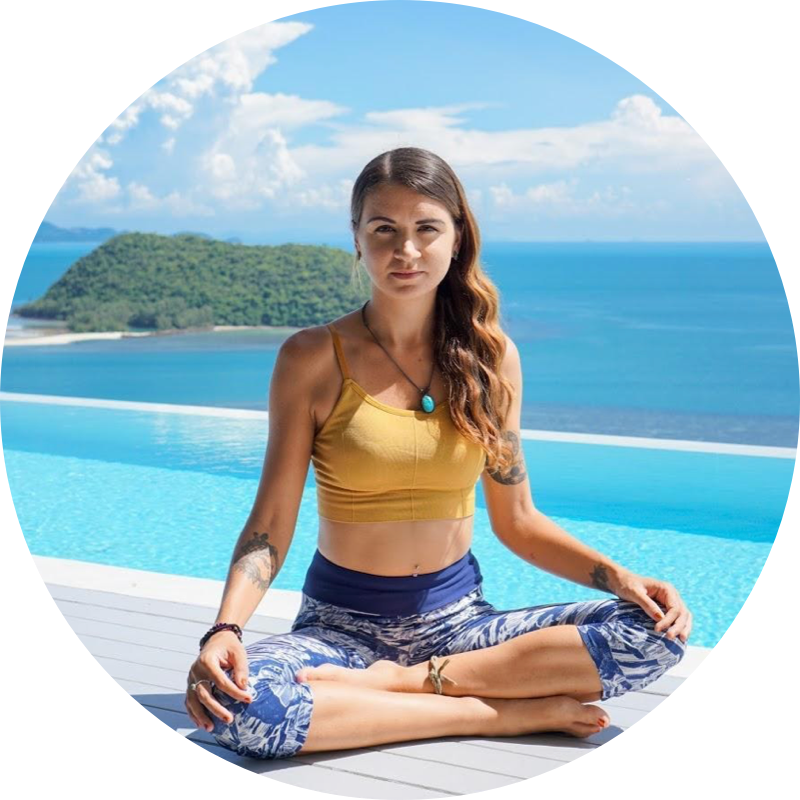
Creative Sequencing: How To Keep Your Yoga Classes Fresh And Exciting
There’s no denying that teaching yoga is fun and uplifting. However, once you’ve been teaching for a while, your classes can become a little stale, especially if you’re teaching full-time. You may start to feel like you’re instructing the same sequences and peak poses every week and worry that your students will get bored and lose interest.
If you’ve ever felt this way, you’ve most likely asked yourself, ‘how can I make my yoga classes more exciting?’. The key is in the sequencing. There are many small changes that you can make to how you sequence your class that will leave both you and your students feeling satisfied.
Understand and use the different sequencing styles
As you know, many 200hr TTC’s only cover the basics of teaching yoga. Your teaching training might have focused on the most common way to sequence, peak posing. Peak posing is when you center the class around a specific challenging asana that requires certain body parts to be warm and open to achieve, such as a dancer’s pose.
Another typical sequencing style is to focus the class on a specific body part, such as the hips or shoulders. However, there are a few other sequencing styles that you may not have covered in your TTC. These can be taught as an alternative style or incorporated with peak posing or body part theming.
Block flow
A block flow is one of the most effortless sequencing styles as you teach the same sequence of standing poses two or three times.
The first round of standing postures consists of 6 to 8 postures, where you hold each one for 3 to 5 breaths. Then, for the second round, repeat the same sequence but breath to movement. This time it becomes more flowy and dynamic as the students now know what to expect.
The third round is optional; instruct the sequence breath to movement again but add a couple of more challenging postures at the end. Hold the new poses for 3 to 5 breaths each.
Although these may be small things, you’d be surprised how much a few different changes can freshen up your classes.
Build it up
This is another easy sequencing style as you teach the same sequence, but you add a new posture onto the end each time. This is a great style to use in a vinyasa or power yoga class with many standing sequences.
Start with a short sequence of 4 easy postures, holding each one for 3 to 5 breaths. For example, warrior 1, warrior 2, reverse warrior, and triangle. Then, repeat this sequence a bit quicker but add another pose onto the end, such as a half-moon pose.
You can repeat the sequence up to 3 more times, adding a new, more challenging pose onto the end each time, building up to the peak pose. In the last round, you’ll end up with between 6 and 8 postures in total.
Teach to the seasons
Another way to keep your classes fresh is to interweave seasonal themes into your sequencing. You can do this as special one-off classes to mark the changes in seasons, such as the summer solstice or autumn equinox.
Alternatively, you could theme all your classes based on the seasons. For example, teaching slower classes with more restorative postures in the summer and energizing, heat-building flows with core work, and kapala bhati breathing to build up heat during the winter months.
During the summer and particularly at the summer solstice, the fire energy is at its highest, so you can focus on teaching grounding and cooling postures to lower that fire. On the other hand, the autumn equinox symbolizes transformation as the leaves start to change color and fall, so you can focus on letting go (forward folds) and detoxing (twists) around this time.
Attend other teacher’s classes
If you’re lacking inspiration and creativity when planning your classes, one of the best ways to reinspire yourself is to go to practice with other teachers. Sometimes we forget just how different every teacher’s style is. I have often tried a class with a new teacher and learned a transition or movement that I had never thought of before.
This is the perfect example of how our way of thinking is very limited. Even if you feel you have taught warrior 2 in every way possible, I’m sure you’ll discover another way by attending a few classes with different teachers. I’m not suggesting you copy another teacher’s class entirely; instead, take inspiration and ideas from their style and make it your own.

Get on your mat and free-flow
If you can’t get to another teacher’s class, find inspiration within yourself. Whenever I lack creativity in my classes or motivation to do my own practice, I put on some music, come to my mat, and just move intuitively, allowing my body to move in whichever way it desires.
From doing this, I often find new transitions between poses or dynamic movements to incorporate into static postures. Although these may be small things, you’d be surprised how much a few different changes can freshen up your classes.
Try out Mandala sequencing
Mandala sequencing is an awesome way to completely switch up your classes and teach your students something new. In a mandala sequence, you move through a circle, traveling 360 degrees around your mat. It’s one of the most creative ways to freshen up a vinyasa class as it’s dynamic and energizing. Therefore, you can use it to replace sun salutations when you can’t face another chaturanga!
There are many types of mandala sequences you can play around with, too, such as theming around the chakras or different body parts. Plus, because your students aren’t used to moving in this circular motion, it makes a brilliant way to engage and challenge your intermediate to advanced students.
Final Thoughts
Freshening up your classes by sprinkling in some new, creative ideas can make your lessons more fun for your students and more enjoyable for you. However, if you plan to drastically switch up the style, consider how well this will go down with your current students first.
Some people will be open to learning new things and will welcome changes. However, others like to practice the same movements every class to improve their alignment and see their progress. Therefore, always gauge your students’ reactions to the new poses and transitions you introduce.






